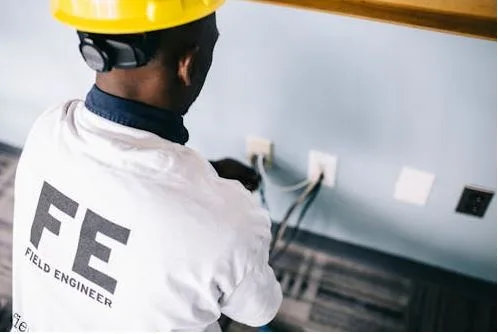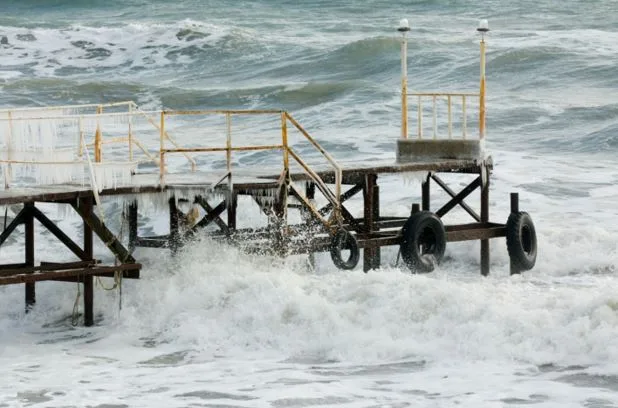Common Mistakes You Might Make When Installing Your AC
Have you ever thought about installing your own air conditioner to save money? It seems like a good idea at first, especially when temperatures start rising. But without proper knowledge or planning, this decision can lead to problems. Air conditioning systems are more complex than they appear, and a small mistake during installation can lead to poor performance, higher energy bills, or even system damage. That’s why it’s important to understand some errors individuals make when trying to install their AC units by themselves.
In this blog, we will share the errors homeowners make when installing an AC unit and what can be done differently.
Skipping the Right Size Assessment
One major mistake is choosing an AC unit that’s the wrong size for your space. Bigger doesn’t always mean better. A unit that’s too large will cool the room too quickly without removing humidity. That leaves you with a cold but clammy room. On the other hand, a unit that’s too small will run constantly, struggling to keep up with the temperature. This leads to higher energy costs and faster wear and tear.
To pick the right size, you need to consider the size of your home, how many windows it has, how well it’s insulated, and the local climate. A professional HVAC technician uses something called a load calculation to figure this out. If you guess or go by square footage alone, you might end up with an inefficient system that doesn’t meet your needs.
Improper Placement of the Indoor and Outdoor Units
Where you place your AC unit matters more than most people realize. AC installation involves more than just plugging in a system. If the indoor unit is placed in a spot that receives direct sunlight or is blocked by furniture, airflow becomes uneven. This creates hot and cold spots, and the unit has to work harder, which shortens its lifespan.
The same goes for the outdoor condenser. It needs to be installed in a well-ventilated, shaded spot. If it’s placed in a corner with poor airflow or exposed to constant sunlight, the unit overheats and loses efficiency. Also, if it’s too close to walls or surrounded by plants, it won’t release heat properly. Always read the installation guide and follow clearance guidelines, or talk to a professional before finalizing the location.
Ignoring the Importance of a Proper Drainage System
A common error that can occur while installing your AC is forgetting about drainage. Air conditioners remove moisture from the air, which collects in a drain pan and needs to flow out through a pipe. If the drain line is poorly placed or blocked, water backs up into your home. This can lead to water damage, mold growth, and costly repairs.
Even a small mistake in setting the drainage angle can cause problems. The line should be installed with a slight slope so water flows out easily. If you live in a humid area, this becomes even more important. Many people don’t think about checking the drain pipe regularly, but clogs can form from dirt, algae, or even pests. Keep the drainage system clean and make sure it’s installed properly from the beginning.
Incorrect Electrical Connections
Wiring mistakes are not just inconvenient—they can be dangerous. Improper electrical connections may cause the unit to short-circuit, blow a fuse, or even pose a fire risk. If you’re not experienced with electrical systems, it’s easy to misconnect wires or overload a circuit. This can damage your AC and other appliances as well.
Before installation, check that your home’s electrical panel can handle the AC’s voltage and amperage. Some units need a dedicated circuit. Always follow the manufacturer’s instructions and use the correct size of wires and breakers. Hiring a certified electrician, even just for this step, is a smart way to avoid future problems.
Failing to Seal Ductwork Properly
If your AC is connected to ductwork, sealing it tightly is a must. Leaky ducts are one of the biggest reasons for reduced system performance. When air escapes through gaps or holes, the system needs to work harder to cool the home. This drives up energy bills and creates uneven temperatures from room to room.
Use mastic sealant or foil tape to seal any joints and seams. Don’t use regular duct tape—it wears out quickly. Also, insulate ducts that pass through hot areas like attics or garages. Otherwise, you’ll lose a lot of cooled air before it reaches your living space. Proper sealing ensures that your AC works the way it’s supposed to.
Using the Wrong Refrigerant or Handling It Incorrectly
Refrigerant is a key part of your AC system, and using the wrong type can ruin the whole unit. Some people try to top off or replace refrigerant themselves without knowing what type their unit uses. This can cause the system to freeze up or stop working altogether. Newer units use R-410A, while older ones may use R-22, which is now banned in many places.
Handling refrigerant is also a safety concern. It’s a chemical that can harm your skin, eyes, and lungs. It’s also illegal in many areas to handle it without proper certification. If your AC needs a refrigerant charge or seems to be leaking, call a licensed HVAC technician. This isn’t a step you should attempt on your own.
In conclusion, installing an air conditioner on your own may seem manageable, but it’s easy to make costly mistakes without the right knowledge. From choosing the wrong size to ignoring important safety steps, even small errors can lead to big problems. Taking the time to learn or reaching out to a professional can make a major difference in how your system performs over time. Before jumping into installation, ask yourself if you’re truly ready to take it on. Sometimes, the smartest choice is to ask for help—because comfort, safety, and peace of mind are worth it.






